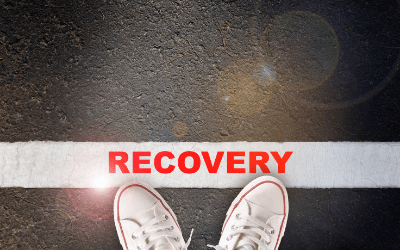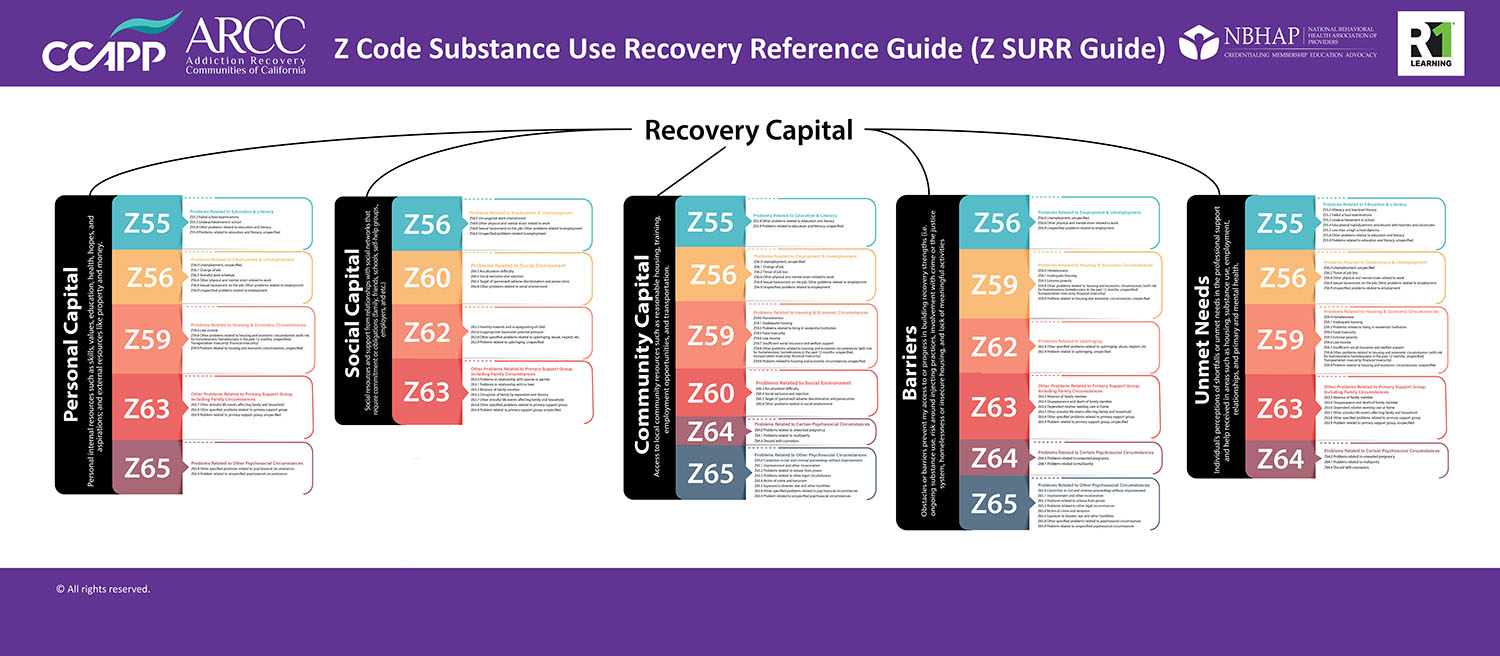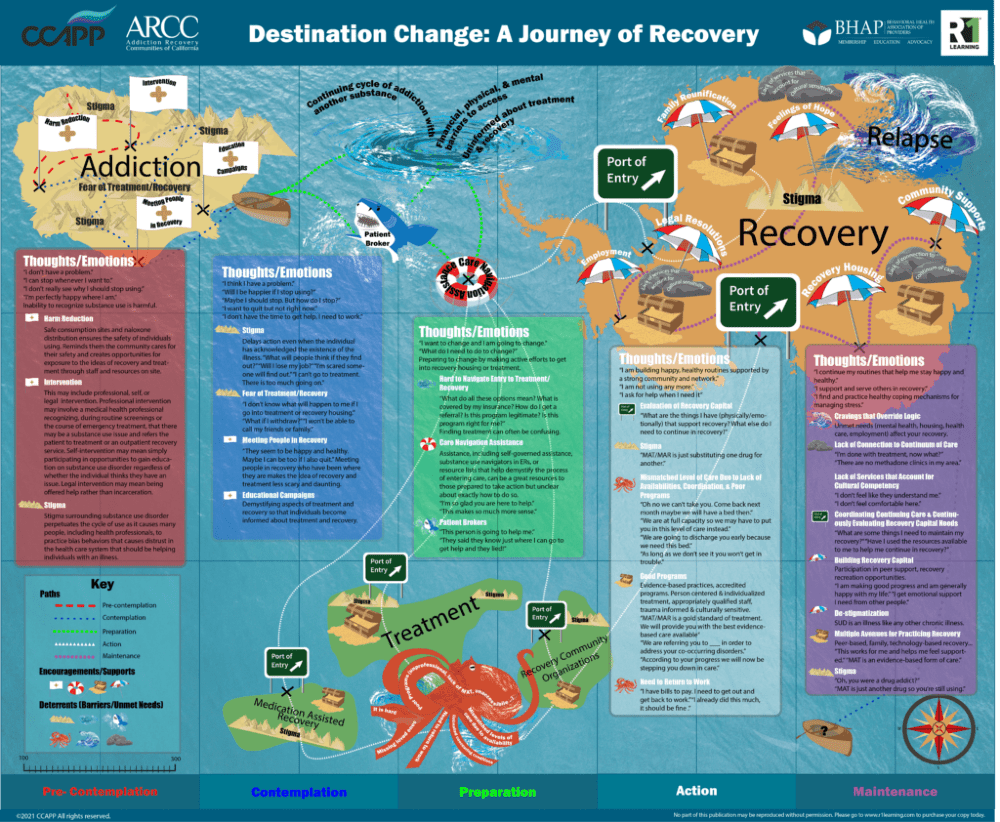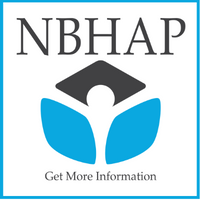
"These are all pathways, but recovery is more than a pathway; it is a lifestyle and a mindset."
What is Recovery Capital?

Recovery Capital refers to the internal and external resources necessary to achieve and maintain recovery. It recognizes that a variety of elements -- personal, family, social, and community -- can support or jeopardize recovery depending on how we use our capital.
This Recovery Capital module will help you assess what capital you've developed and how to build more over time. Identifying your strong and weak areas can help you build a solid foundation in recovery.
In their first article, "Recovery Movement", David Best and Alexandre Laudet seek to define "recovery capital" as the sum of resources necessary to initiate and sustain recovery from substance misuse. These resources include support from parents and family, partners, friends and neighbors; but also key are the individual's engagement with, commitment to and participation in the community and its values. This means that the individual gets to contribute in ways that add value and take away things that do not. This type of frees choice is rooted the individuals' right to self-determination in their own recovery, as opposed to having it pre-prescribed or predetermined.
In the article "The Potential of Recovery Capital", Best and Laudet further describe the concept of recovery capital as contagious ' -– in a good way. "There is also the recognition that recovery is something that is grounded in the community and that it is a transition that can occur without professional input, and where professional input is involved, the extent of its role is far from clear. We are also increasingly confident that recovery is contagious and that it is a powerful force not only in transforming the lives of individuals blighted by addiction but in impacting on their families and communities as well."
Recovery Capital interacts with problem severity to shape the intensity and duration of support needed to initiate and sustain recovery. Re-evaluation of Recovery Capital during the recovery journey may be used to determine the quality and even duration of successful sustained recovery from addiction.
So recovery capital is the sum of resources that help to start the journey or process of recovery. Resources that are a part of recovery capital can include parents, families, partners, friends, and neighbors. It also can refer to the person’s willingness to be sober, their commitment to their community, and the amount they engage and participate in value systems.
There are four parts of recovery capital; social capital, physical capital, human capital and cultural capital.
- Social recovery capital is the sum of resources a person has due to their relationships with other people. This could mean support from and commitments to groups of people. Family membership, friendships, commitments, obligations to 12 step meetings, etc.
- Physical recovery capital is the resources that are tangible. For instance, physical recovery capital would be property or money that increases the options in recovery for this person. An example would be being able to afford to move to a different location or afford a better treatment center.
- Human recovery capital is resources such as skills, health, aspirations, hopes, and personal resources that can help someone prosper. Things such as the amount of education a person has and how intelligent they are. The reason this is a part of recovery capital is that these things can help with some of the solution-based parts of recovery.
- Cultural recovery capital includes a person’s beliefs, attitudes, and values that tie them to social conformity and their ability to fit into dominant social behaviors.
In order to assess or see how much recovery capital a person has is the focus on the enmeshment of social, human, and cultural recovery capital.
Z Code Substance Use Recovery Reference Guide (Z SURR Guide)

To download a high-resolution PDF of the above, click here.
NBHAP and R1 Learning have taken the guesswork out of aligning what we do to SDOHs with Z SURR Guide. We have cut the telephone lines and created a simple graphic that can be used to translate recovery capital to z-coding. As we move forward, we can now all speak the same language.
Substance Use Recovery Map

You can download the Substance Use Recovery Map, as well as purchase a poster version (three sizes available) for your organization.
For more information on the Substance Use Recovery Map, go here.






